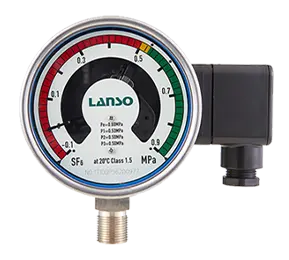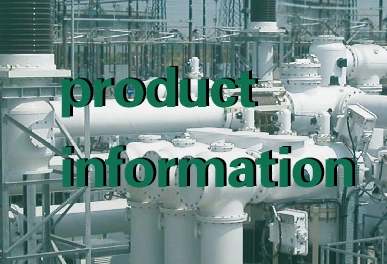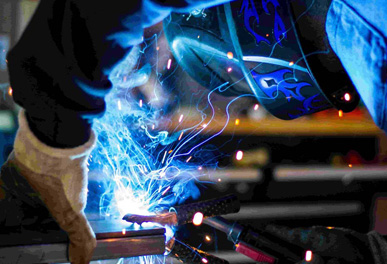SF6 gas density monitor plays an important role in the power system. It can monitor the density and status of the gas in real-time to ensure the safe operation of the equipment. However, correct installation and disassembly are crucial to ensure the equipment functions properly and extend its service life. Here are the installation and disassembly precautions for the gas density monitor as well as detailed steps.
Precautions Before Installing the SF6 Gas Density Monitor
Before installing the gas density monitor, it must be ensured that only professionally trained personnel carry out the operation. This is to avoid equipment damage or personal safety incidents due to improper operation. Furthermore, after installing the sensor, a 24-hour pressure maintenance leak test should be performed to ensure the gas system's sealing integrity. If a leak is found, it should be handled immediately.
Pay special attention to the wiring sequence, to prevent sensor burnout due to incorrect wiring. To ensure the normal operation of the gas density monitor, it is recommended to conduct a comprehensive inspection before installation to verify that all components are intact.
Installation and Debugging Process of the SF6 Gas Density Monitor
After the system installation is complete, technicians need to debug and set up the entire gas density monitor. The debugging content includes communication tests and on-site partial discharge signal tests to ensure the normal transmission of signals. When entering the construction site, it is necessary to strictly follow the power work safety regulations.
Before starting the construction, the construction leader should give a detailed explanation of the safety measures, work content, and precautions on-site. All construction personnel must obey the instructions of the supervisory and responsible personnel to ensure safe construction. The on-site safety officer will supervise the safety of the entire project, stop any behavior that violates safety regulations, and deal with personnel who do not heed warnings.
Specific construction steps
Power outage construction: It is recommended to carry out construction under power outage conditions to reduce safety risks.
Wear safety equipment: Everyone entering the site must wear work clothes, work shoes, and a safety helmet.
Define the work scope: The construction leader needs to clearly explain the work location, content, time, and safety measures to the construction personnel to ensure that every member understands the work requirements.
On-site power supply maintenance: When maintaining the power supply, follow the supervisor's instructions to ensure safety.
Pay attention to drilling and cables: When drilling on the equipment, avoid damaging internal cables and take isolation measures. Be very careful when laying cables and pay attention to the bending radius to prevent any damage.
Maintain a safe distance: Construction personnel should maintain a safe distance from operating equipment to avoid accidents.
Main control room management: When entering the main control room, follow the main control room management regulations to avoid interference with electrical equipment.
Check machinery and tools: Check construction machinery, tools, and safety protection measures before starting work to ensure everything is perfect.
Clean up the site: After construction, keep the site clean and restore it to its original state before construction, ensuring safety and environmental sanitation.
Disassembly of the Gas Density Monitor
When disassembling the gas density monitor, it is equally necessary to follow the above safety principles. Ensure that all power sources are disconnected, close the gas chamber shut-off valve, and follow the steps in the equipment manual to disassemble, to avoid damage to the gas density monitor or impact on personnel safety. During disassembly, it is recommended to record the status of each connection point step by step for subsequent installation and debugging.
After the disassembly is completed, clean the equipment and ensure that all components meet safety standards. Regular maintenance and inspections can ensure the long-term stable operation of the gas density monitor, providing a strong guarantee for the safety of electrical equipment.
Related Article for Reference
SF6 Monitor: Indispensable
Introduction to SF6 GasSulfur hexafluoride (SF6) gas is a strong electronegative gas, with excellent insulation properties and arc extinguishing performance. It is widely used in electrical equipment ...
Wed 01 2025







